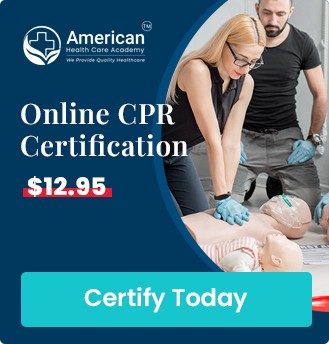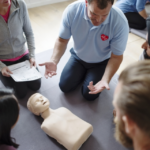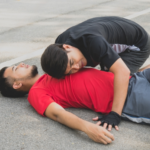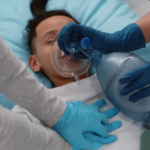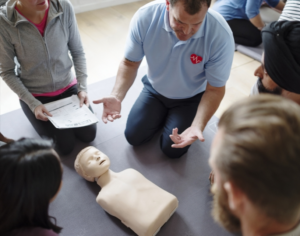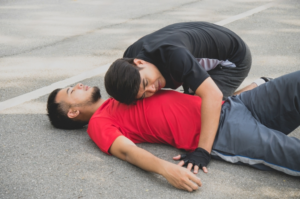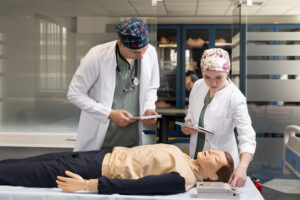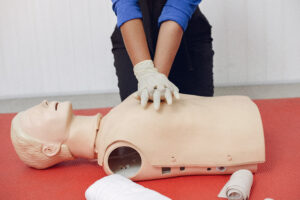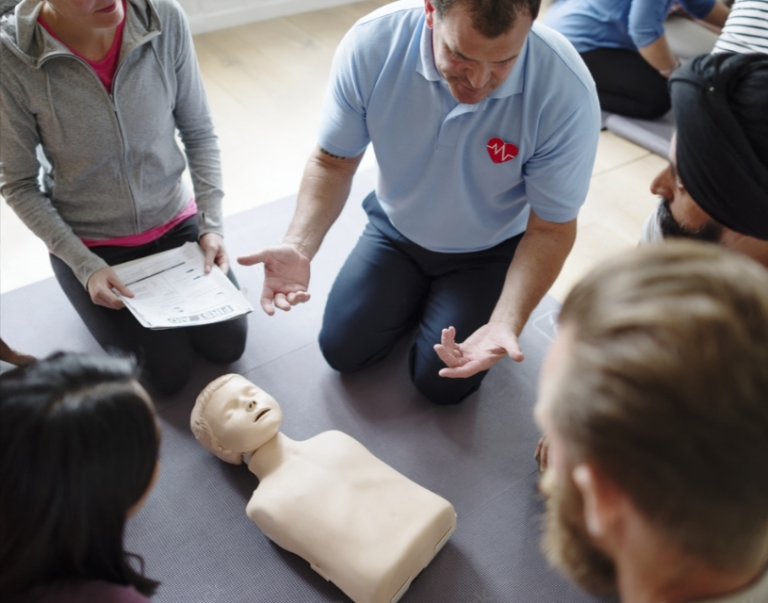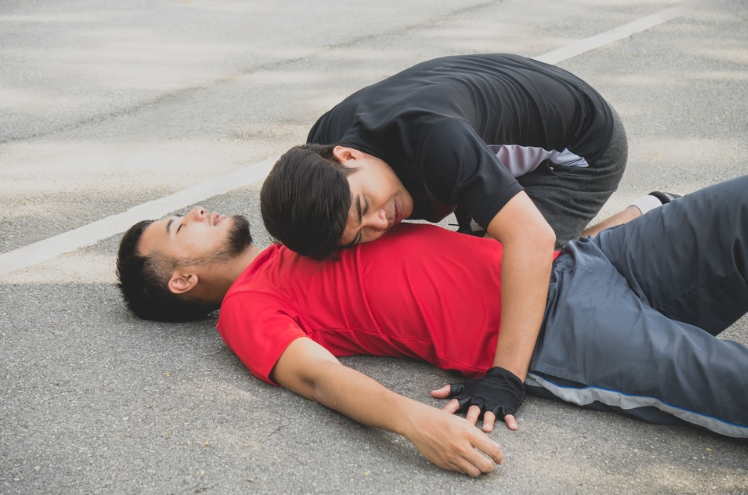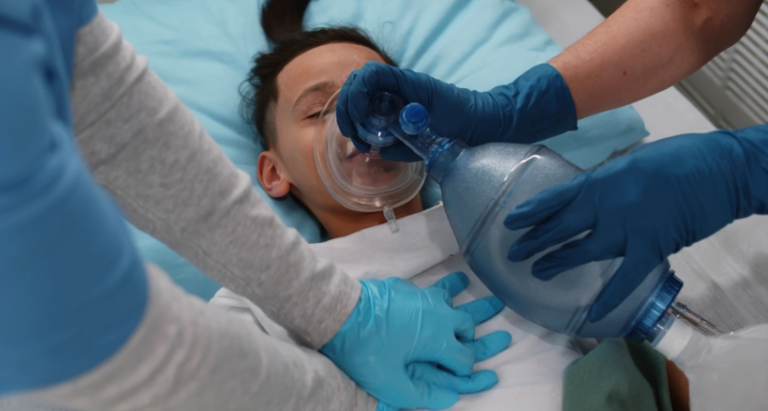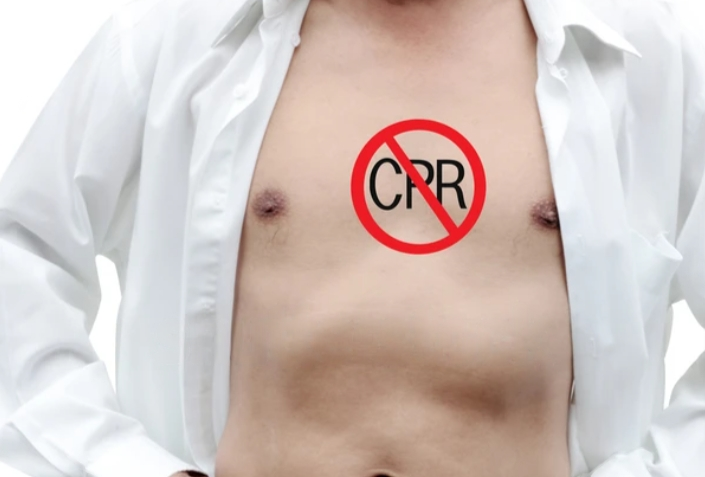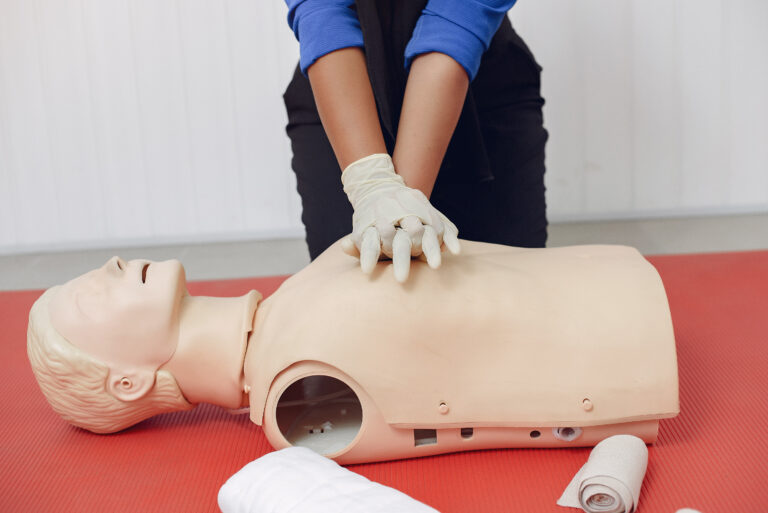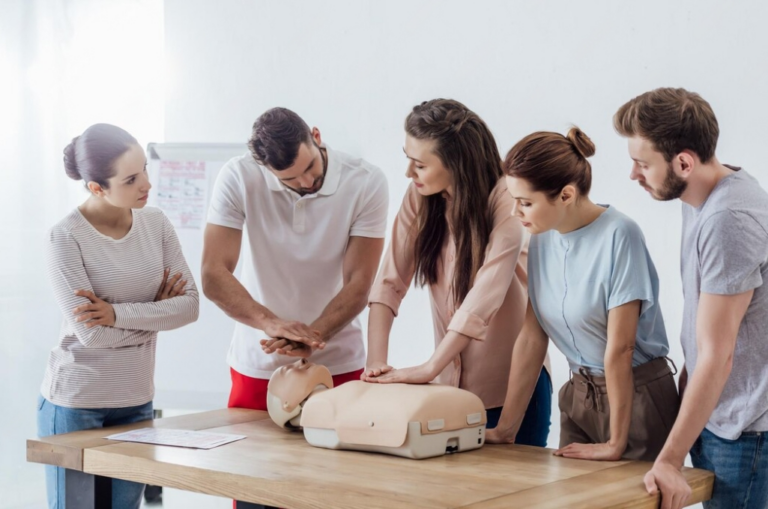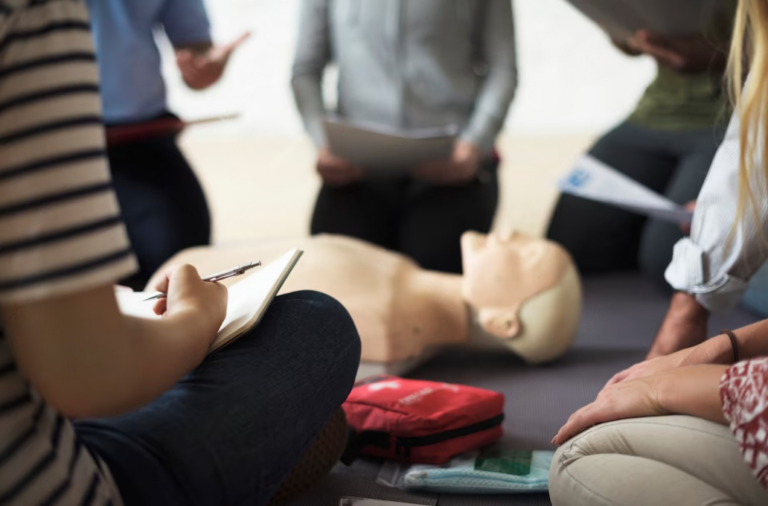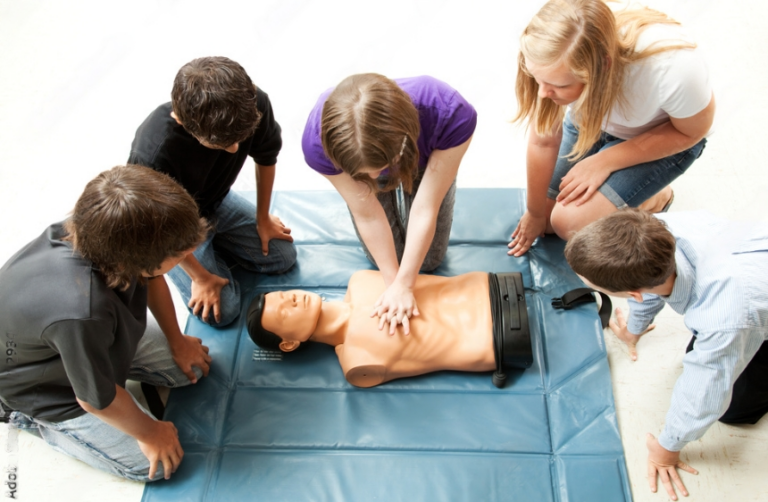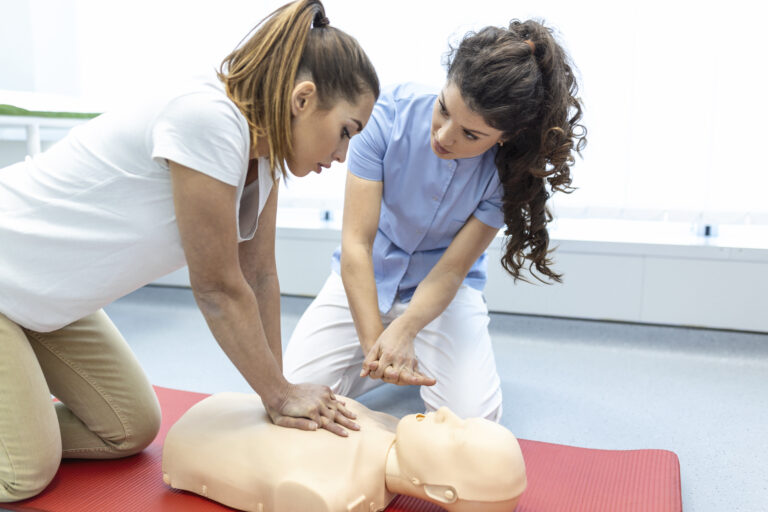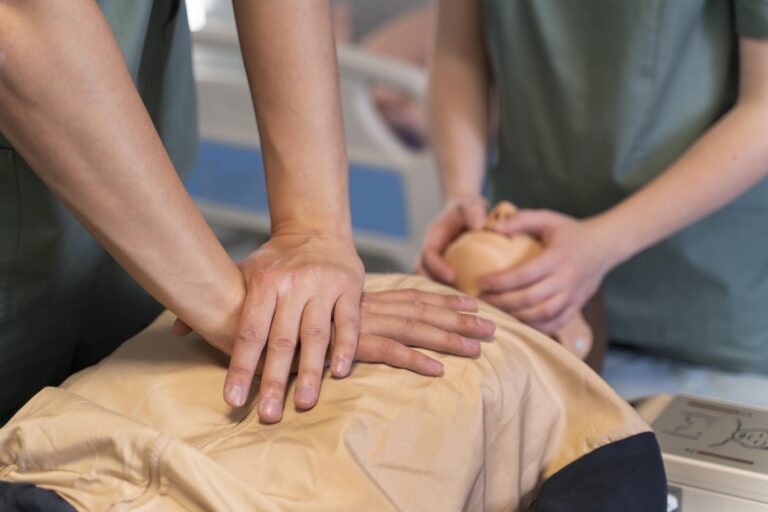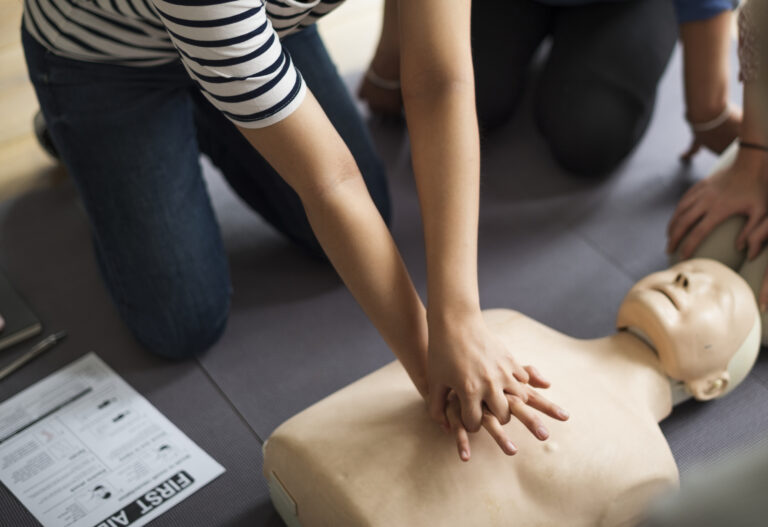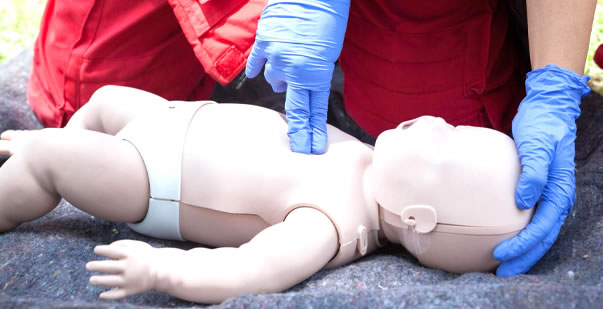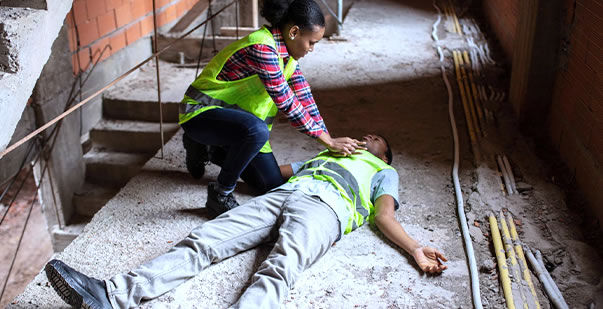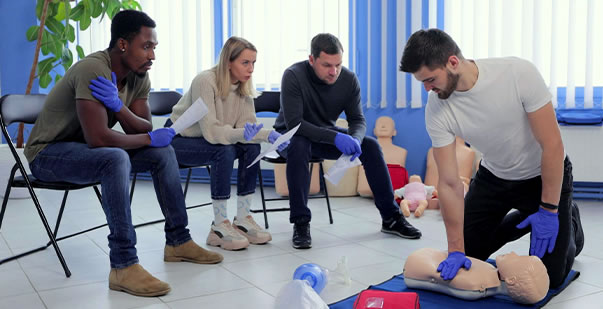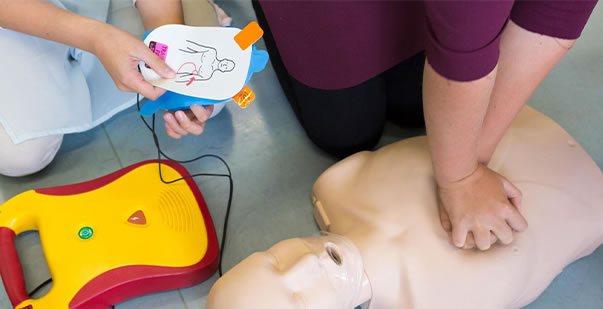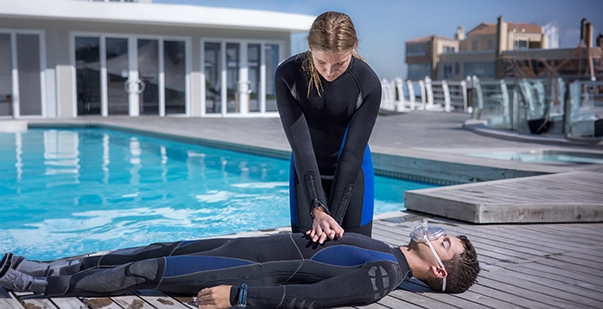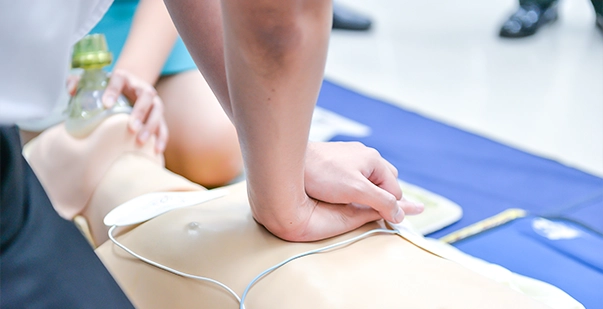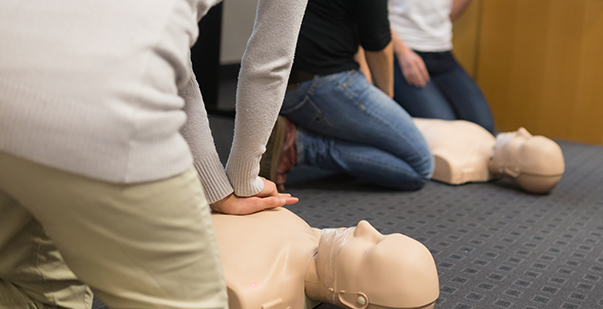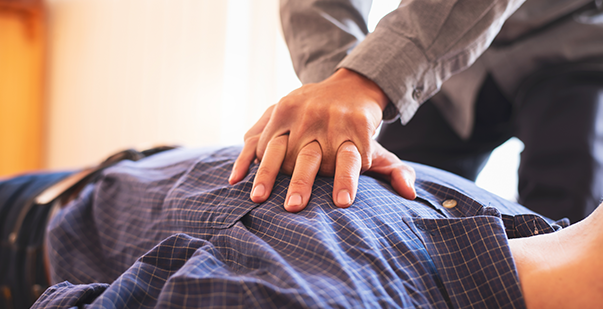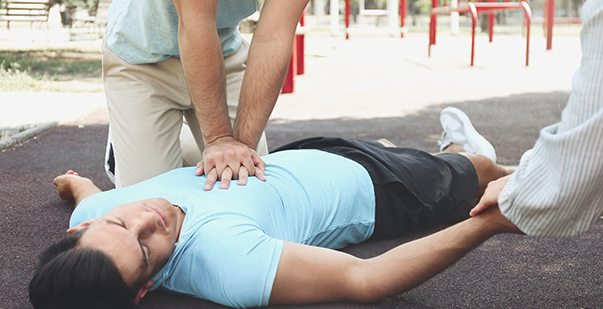Thousands of people are confronted with emergencies every day in which someone close to them requires immediate medical assistance, and they are unsure how to assist them. We can take appropriate precautions to avoid a potentially dangerous situation if we know exactly how to respond to emergencies, for example, responding to a cardiac emergency.
Steps to deal with medical emergencies
- Stay calmYou can only respond to an emergency if you are mentally stable and calm. Panicking can exacerbate the situation and impair your ability to make sound decisions. Mind-training exercises and meditation can help you avoid panic attacks. The key to responding to an emergency is not just to act quickly but intelligently and calmly.
- Move yourself to a safer locationYou and others must relocate to a safe location to avoid further harm to life and property. You can learn this by participating in safety drills to teach how you can save yourself and others in the event of a fire, earthquake, or terrorist attack.
- Provide first aid as early as possibleDetermine whether you or others have been injured and require first aid. For example, in the event of a cardiac arrest, perform CPR, or if there’s a wound, you can tie a firm strap around the injured area to stop the bleeding. You can learn how to provide medical assistance by taking an online first-aid course.
- Talk to the victimsTalk with the injured until rescuers arrive to help them divert their attention away from their pain and remain optimistic about their recovery. It will also help you determine whether they have any medical conditions which require special attention.
- Call for assistanceAfter administering first aid, dial 911 and provide as much detail about the situation as possible. When the rescuers arrive at the location, focus on providing them with accurate information to assist them in determining the best treatment for the victim.
Steps for performing CPR alone
Read the steps below to understand what are the processes held in CPR:
- Sit down on your knees near the victim. Place your hands in the middle of the victim’s chest, i.e. sternum. Place the heel of one hand directly there. Put your other hand on top of that. Your body weight should be directly over your hands.
- Apply chest compressions by pushing hard and fast—about twice per second—to a depth of at least 2 inches (but no deeper than 2.4 inches) until the victim responds. Although your hands should not bounce while doing the action, you should lift your entire body weight off the patient between compressions.
- Provide rescue breaths after pushing on the chest 30 times. Do this only if you have had CPR training and feel comfortable performing the steps.
- Repeat the CPR ratio of 30 (chest compressions): 2 (rescue breaths) until the medical assistance arrives or the patient awakens.
If you’re wondering, “how do I do CPR if she is a female,” then follow the same steps as above since the administration of CPR is not different between a man and a woman.
Response to an emergency when you have an AED
Call 9-1-1 at the earliest, or have someone else dial 9-1-1 for you. If there are two rescuers present, one can perform CPR while the other can dial 9-1-1 and obtain an AED. Ensure that the area around the victim is free of obstructions and you have enough space to help the victim and the machine. Touching the victim may interfere with the AED’s ability to read their heart.
Conclusion
Emergencies are unavoidable, and often they catch us off guard. However, we should try never to be in a situation where someone requires immediate help or aid. In an emergency, swift decision-making and action are critical since the victim’s life depends on you. Take an online course from the providers listed on the CPR Care Near Me that can help you develop responsive skills and abilities.


